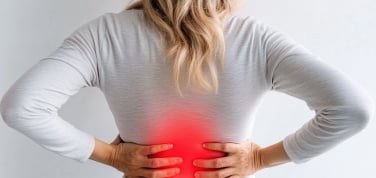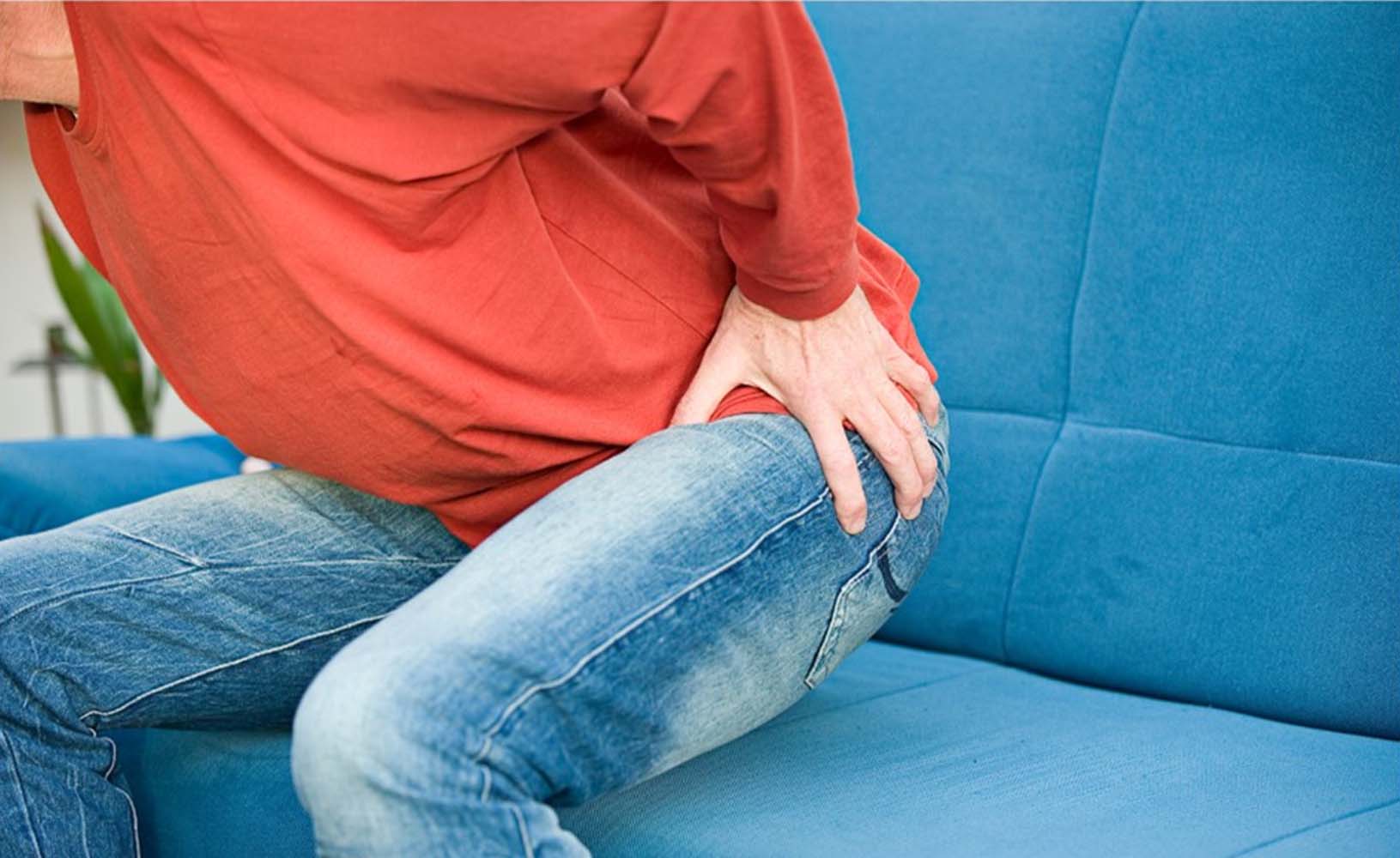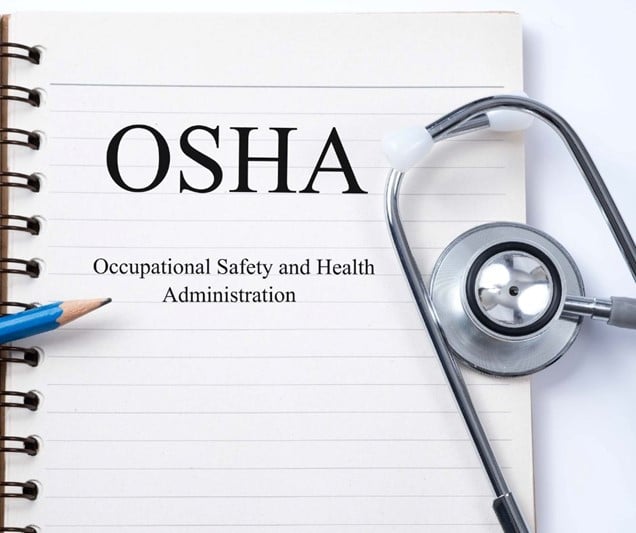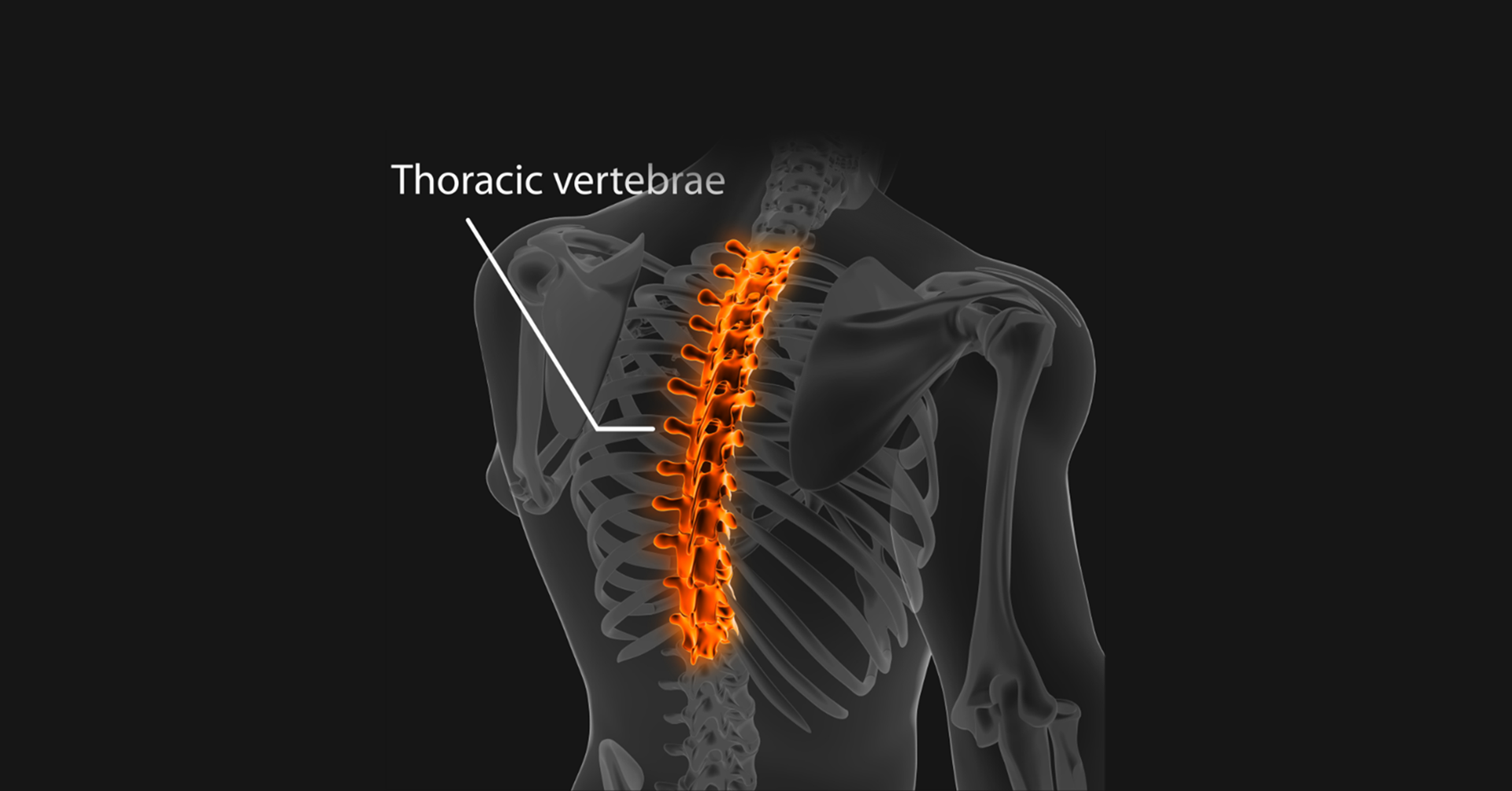Hip pain can be a common problem for many people, especially those who spend a lot of time sitting. Whether it's at work in an office chair, in the car, or at home on the couch, prolonged sitting can put unnecessary strain on the hips, leading to discomfort and even pain. If we aren’t supported in the right places by the type of seat that we are sitting on, we can add to that pain by adopting abnormal hip postures.
There are several factors that can contribute to hip pain while sitting. Poor posture and abnormal leg positioning in sitting play a vital role in the development/prevention of hip pain. Here are some things to consider if you're experiencing hip pain while sitting:
- Poor posture: It's important to maintain good posture while sitting to help distribute your weight evenly and reduce strain on your hips. Make sure you're sitting up with a neutral spine with your feet supported in relation to the height of the desk.
-
- Abnormal leg postures: When seated for long periods of time, it’s important to keep your legs in a neutral alignment to reduce tightness to the muscles surrounding the hip. Try to avoid crossing your legs and/or excessive spreading of the upper leg known as “man splaying” to prevent muscle imbalances that can cause hip pain.
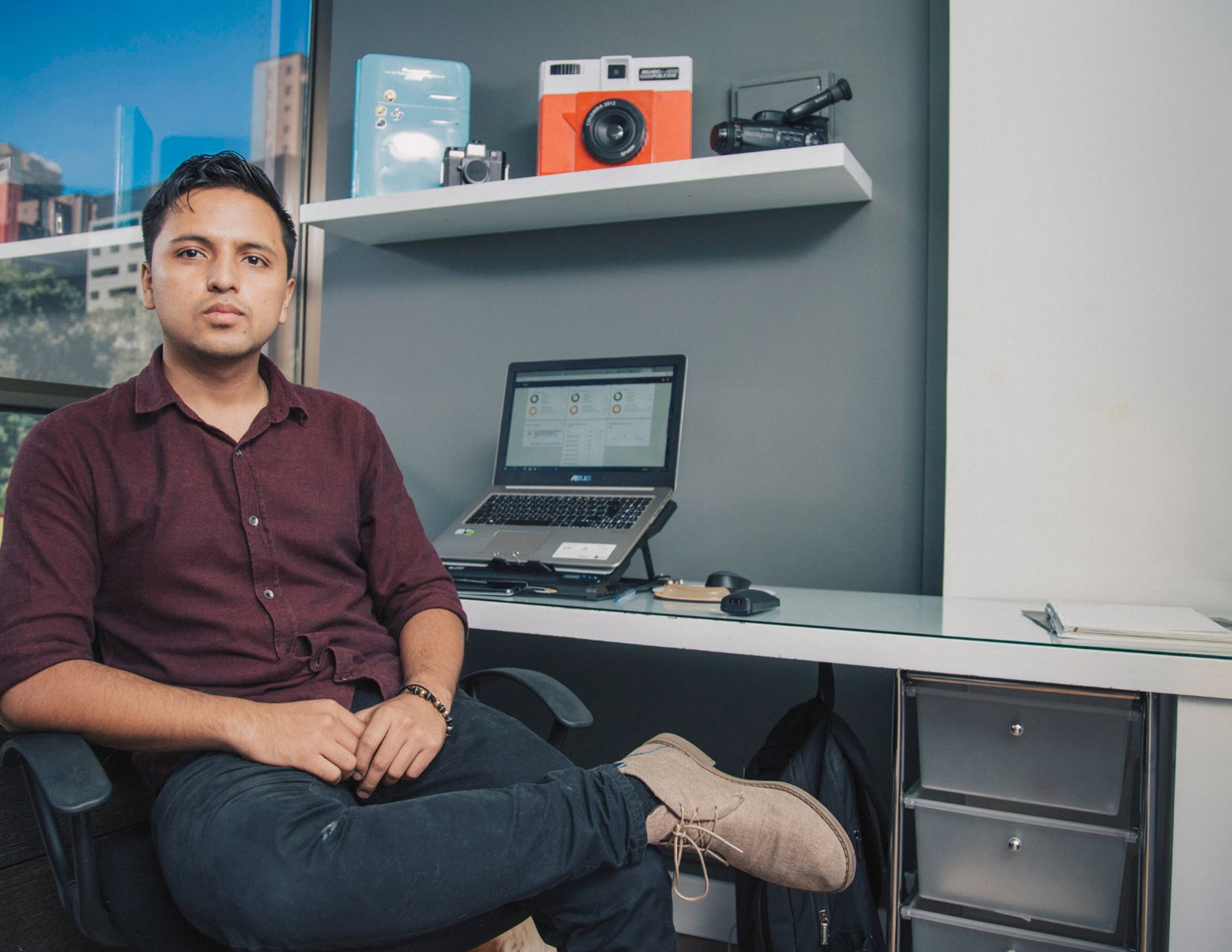
One of the most common causes of hip pain is known as sciatica which can produce hip pain that is referred from the back or caused directly in the hip area from tightness to the piriformis muscle. Park et al. found that males have the tendency to sit in a more open leg position, so their piriformis or outer thigh muscle serves as external hip rotator and get tightened.1
To prevent hip pain in sitting look for an office chair that has a pelvis support to align your posture and reduce pressure on the painful structures of the spine that can produce sciatic like symptoms. Also look for a cushion that has low peak pressures to reduce compression of the sciatic nerve and look for a cushion that is naturally contoured to minimize the spreading of your legs.
To help prevent hip pain while sitting, get an office chair with a contoured foam seat, and try to take regular breaks to stand up and stretch. If you're experiencing chronic hip pain, it may be worth taking a look at your office chair as well as consulting a medical professional for treatment and advice on how to manage your condition.
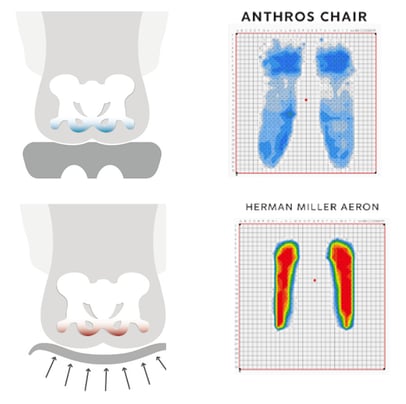
Looking for an office chair to help reduce hip pain, look no further than Anthros.
Anthros is the only chair in the world that is guaranteed to improve posture, or your money back. The science-backed, patented design, is registered with the FDA as a posture-improving chair and is proven to have the lowest pressure (most comfortable) cushion on the planet (verified by university testing).
Take the next step to reducing pain, increasing comfort and maximizing performance!
References:
- "Park Y, Bae Y. Comparison of Postures According to Sitting Time with the Leg Crossed. J. Phys. Ther. Sci. 2014; 26 (11); 1749-1752"
Recent Post
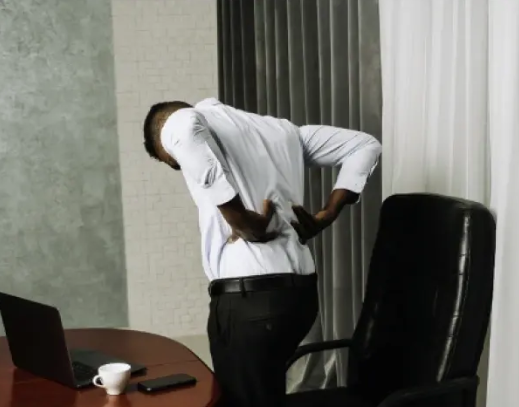
Exercises to Avoid With a Herniated Disc
March 6, 2025A herniated disc can put a serious damper on...

Gentle Back Exercises for Lower Back Pain & Herniated Discs
February 17, 2025Adding a cushion to your office or gaming chair...
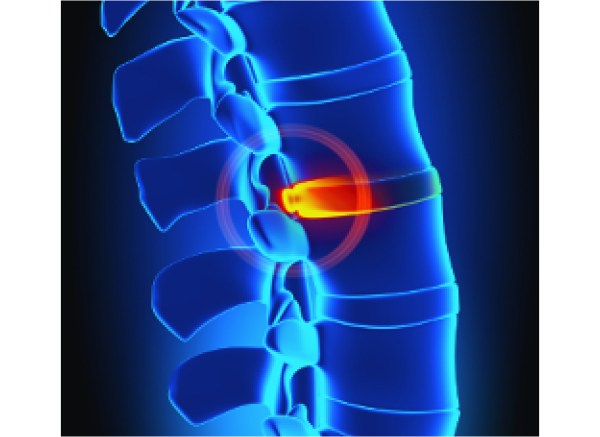
Bulging Disc vs. Herniated Disc:
February 5, 2025Adding a cushion to your office or gaming chair...





